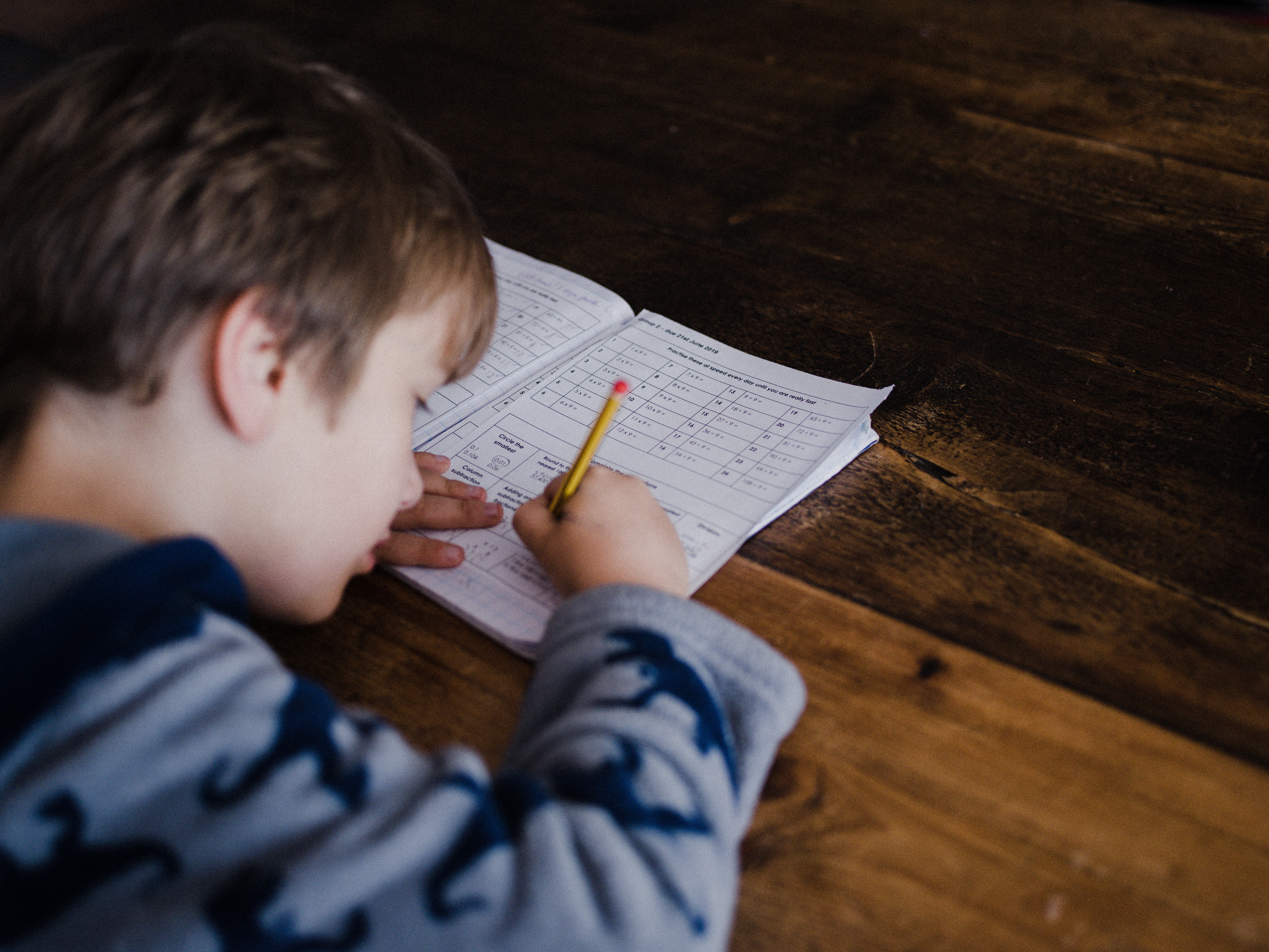Based on current globalisation, I find more heterogeneous classes in educational centers, so it becomes more important to adjust the approach of the methodology to the social changes that occur around us. In this way, several recent investigations focused on the search for new methodologies demonstrate that cooperative learning is suitable for work in classrooms where student profiles are very diverse.
Aside from using free education PowerPoint templates for teachers, cooperative learning turns out to be an essential innovative educational path to continue the evolution towards an inclusive model where there is an equal opportunity and links between people are strengthened.
Group work in the classroom is often shown as a tool and another way to address diversity within the class. However, teamwork is also a skill that students have to develop and that, both in the present and in the future, they will surely have to apply.
To promote cooperative learning in classrooms, several cooperative strategies or techniques are also presented in this article.
Organization in the classroom
To structure cooperative work in the classroom, it is necessary to consider several aspects such as, for example, the distribution of students into groups, the placement of tables and chairs in the classroom, the internal structure of the different groups, class norms, etc. so that the relationship between students during cooperative activities are favored.
Cooperative learning contemplates the formation of small groups of between 4 to 6 students, generally heterogeneous. Despite this, for some specific purposes, it is also possible to form homogeneous groups. In this way, the diversity of the members of a group is maintained, which is a potential source of stimulation for learning.
To ensure diversity within each group, it is most appropriate for the teacher to organize the students into different teams. However, it is also crucial to know the preferences and opinions of the students and other important aspects such as gender, ethnicity, etc. must also be considered.
Characteristics of cooperative learning
In general, five main elements are established that must be present during any cooperative learning process:
1. The essential element is positive interdependence. It is the feeling of dependence on the work of other team members. Thus, it is obtained when the team members feel that the success of an activity can only be achieved if they collaborate among themselves, and that it would not be possible to achieve the goal if one of them does not achieve it. Therefore, the ultimate goal of the activity will be achieved if everyone meets their objectives. In this way, a climate of trust and dependence is created within the team.
2. The second fundamental element is individual responsibility. Each member of the team is responsible for meeting the objectives set for them and for the final result. It is established that individual responsibility requires that each member contribute to the learning and success of the group.
3. Interaction is the third basic element in cooperative learning. Students must work together exchanging knowledge, resources, support and/or help. Thus, group members promote greater performance of all members, stimulating personal and group motivation. This favors the creation of an atmosphere of camaraderie towards the common objective.
4. Another element of cooperative learning focuses on students developing social skills, essential for the correct functioning of the team such as communication, assertiveness, organization, confidence in themselves and the rest of the team, etc. Students must follow their roles in the group, which may be different depending on the task assigned.
5. The last essential element is the group's self-assessment. This assessment serves to obtain relevant information about the level of success of the group. Its analysis will also allow us to know which functions or aspects need to be modified and which ones should be maintained.
The teacher's role is to organize the groups so that the group members get the most out of the cooperative activity and base themselves on the five main elements to plan the work and ensure the success of the team.
Cooperative Techniques
There are various strategies to work on cooperative learning in the classroom. Below, several simple short-term activities are explained that can be carried out in a session or in part of it, giving rise to tasks that are usually individual to become cooperative work.
This strategy is based on students starting to work individually. Once they have finished the task individually, they are organized into pairs so that they can comment on the decisions they have made and, later, they work together with another pair, becoming four members, and they choose, among all of them, the answer that is most appropriate for the resolution of the problem or question raised.
Pencils in the center
Each group is given a number of questions equal to the number of group members. Each student will read a question and the other members make their contributions. Once everyone has participated and all the questions have been read and commented on, each member of the group responds in writing to the question they have read, summarizing the comments of all their classmates.
The words game
The teacher writes a list of words about a topic that will be worked on. Each student must write one or two sentences with at least one of the words on the list. They are placed in groups and the sentences are discussed to modify, correct or expand some of them. Finally, students must join the written sentences to build a small meaningful text.
The four-way concept map
Ideal technique to promote critical analysis and creativity as thinking skills. The teacher divides a concept map equally and distributes it among the components of the different groups. Then each one works individually on their part. When everyone has finished their part, the team members get together to review them and correct any errors detected together. Finally, students join all the parts of the concept map.
Thinking Couples
The teacher explains the task to the students. The students are grouped in pairs. They both tell each other what they must do to solve the task. If they are both clear about what they should do, they get to work; If not, they start the process again. If the couple cannot agree on what they should do, they will ask the teacher for help. In this way, understanding of the task and planning work is promoted.
3 minute stop
With the intention of identifying the main ideas, clearing doubts to improve understanding of a topic and promoting attention, the informal “three-minute stop” technique can be used. The teacher gives an explanation that stops briefly at certain moments, for three minutes, so that each team thinks and reflects on what has been explained and formulates a question that will be asked after time to the teacher.
Advantages of cooperative learning
The research that reports on the advantages of cooperative work in the classroom is many since it improves performance, productivity, and learning in an environment of heterogeneous students, thus being an appropriate way to address diversity in the classroom by facilitating the learning of the different student profiles.
In addition to all the advantages of improving the learning of concepts and knowledge, cooperation, unlike other more individualistic methods, develops social skills among students and civic competencies, thereby promoting values such as mutual respect, camaraderie, and empathy.
A climate of trust is also created between students and between students and teachers that improves the teaching-learning process of students, unlike exercises with a more individualistic and competitive approach.
Author bio:
I'm Jessa Llarena, and creating interesting content for all readers is something I'm passionate about. I have a speciality in areas like education, business, food, etc. I read many different books, and I also write occasionally to share knowledge that can help everyone.


